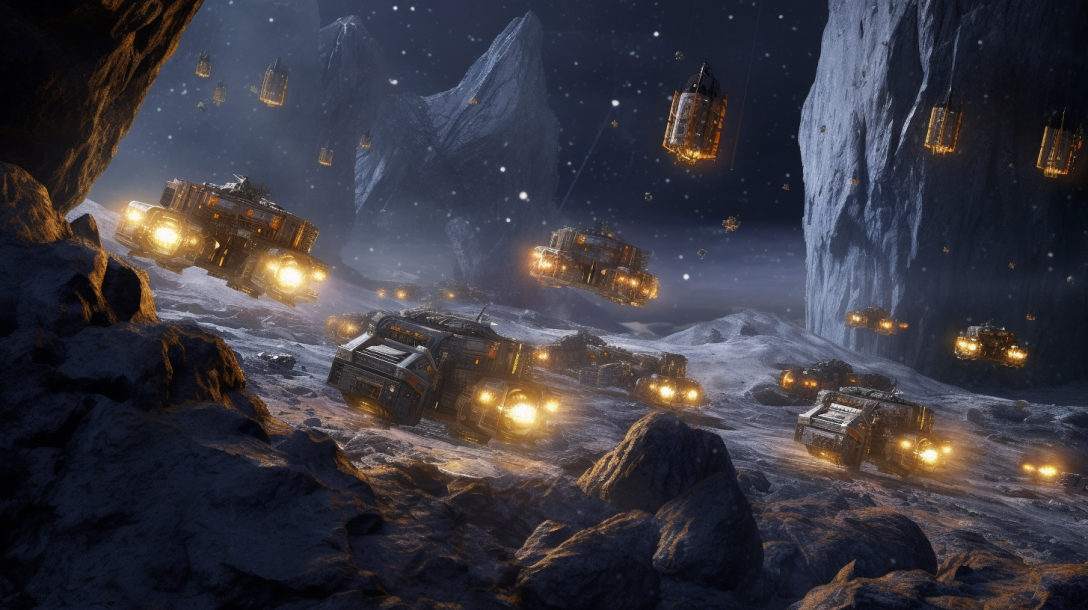The Next Trillion Dollar Company: Pioneering Asteroid Mining

Introduction
In the quest for resources and economic growth, humanity is turning its gaze to the stars. The next frontier? Asteroid mining. This burgeoning industry, though fraught with challenges, holds the potential to become a trillion-dollar enterprise. This blog post will delve into the science and economics of asteroid mining, exploring how the next trillion-dollar company could be born from this celestial endeavor.
The Promise of Asteroid Mining
Asteroids, remnants from the early solar system, are rich in metals, water, and rare elements. These resources could be used to support life in space, fuel spacecraft, manufacture goods in zero gravity, and even be brought back to Earth. The economic implications are staggering, with the potential to disrupt traditional mining industries, create new markets, and fuel unprecedented economic growth.
Probing and Identifying Asteroids
Identifying potential asteroids for mining is a complex process. Space probes equipped with advanced technologies such as spectroscopy and radar are used to analyze asteroids’ composition and structure. Artificial Intelligence (AI) is increasingly being used to sift through the vast amounts of data collected and identify the most promising candidates. However, the task is not without its challenges. The vast distances, small size of asteroids, and the variety in their composition all add to the complexity.
Altering the Orbits of Asteroids
Once a suitable asteroid is identified, it may need to be moved closer to Earth or to a processing facility. This is achieved by altering the asteroid’s orbit using techniques such as gravitational tractors, kinetic impactors, or ion beams. However, these methods are not without risks. A miscalculation could lead to catastrophic failure, and there are also international regulations and public perception to consider.
Building Infrastructure in Orbit
To process the resources extracted from asteroids, infrastructure will need to be built in space. This includes processing facilities, storage units, and transport systems. Advanced technologies such as robotics, 3D printing, and autonomous systems will play a crucial role in this endeavor. However, building in space presents its own set of challenges, including dealing with microgravity, radiation, and logistical issues.
Extracting and Processing Resources
Extracting resources from asteroids could involve methods such as drilling, heating, or using chemical reactions. Once extracted, the resources would need to be refined and prepared for use. This could involve separating metals, purifying water, and storing gases. The challenges in extraction and processing are numerous, including dealing with unknown conditions, high energy requirements, and waste management.
The Role of Private Companies and Government Agencies
The field of asteroid mining is currently being explored by a mix of private companies and government agencies. Companies like SpaceX and Blue Origin, along with agencies like NASA, are at the forefront of this endeavor. The role of private investment and government funding is crucial in advancing asteroid mining. However, the need for international cooperation and regulation cannot be overstated.
Conclusion
Asteroid mining holds the potential to revolutionize space exploration and the global economy. However, the path to making it a reality is strewn with challenges. Despite this, the potential rewards are enormous, and it is entirely possible that the next trillion-dollar company could emerge from this field.
Call to Action
Stay informed about the developments in asteroid mining. Support the companies and agencies pioneering this field. The stars are the limit, and the future is truly exciting!